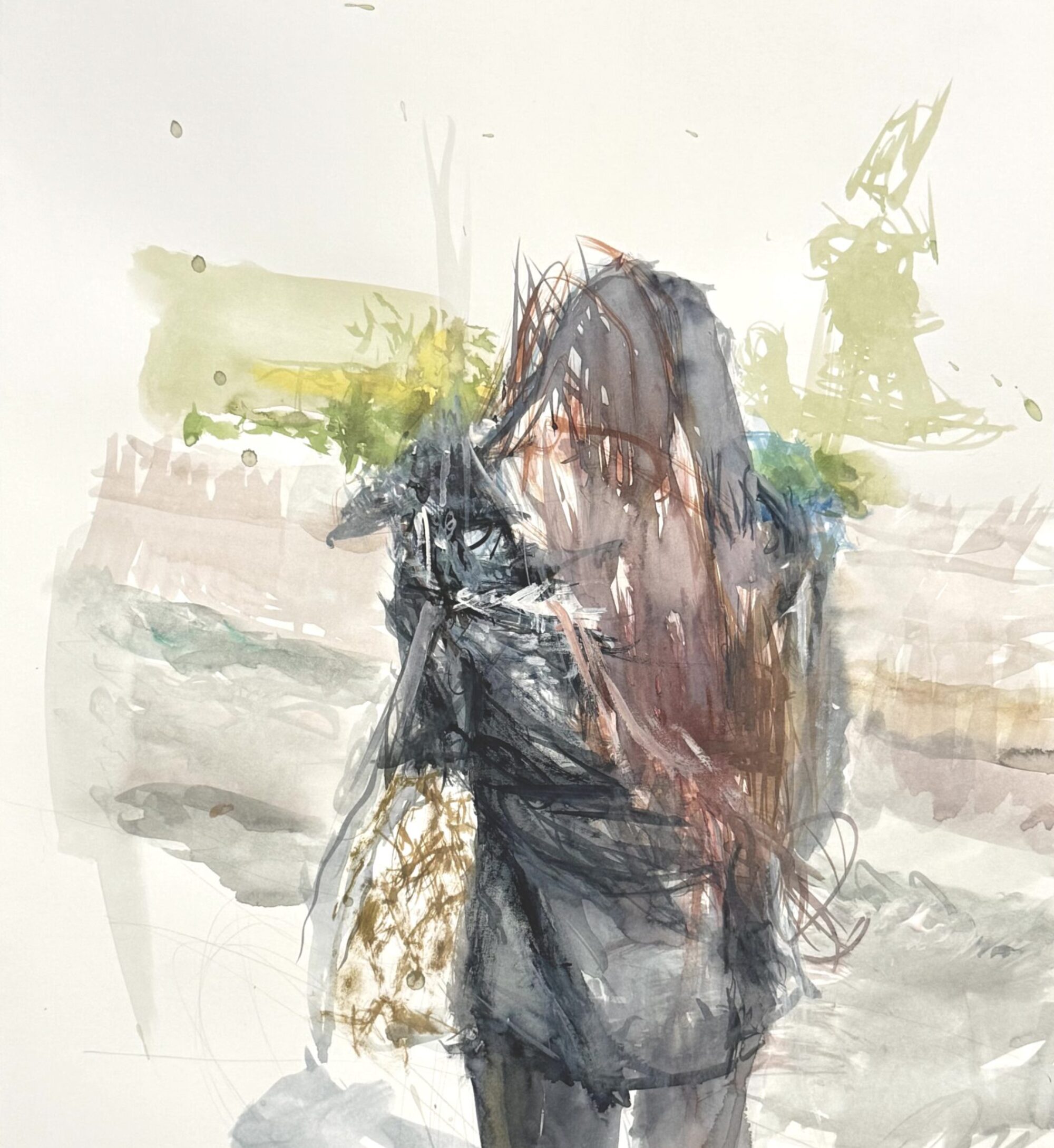Now that the cooler weather of Fall is here, I’m so grateful to be able to get back into the studio and paint paint paint. A little study I made last winter of a scene on my breakfast table has been calling to me. I painted it on an old envelope.

The appearance of objects, and their quiet presence or “itness”, has long been something that really gets to me. I wasn’t sure about this humble image, but after much deliberation I decided there’s something about it I need to pay attention to.
So here’s a painting I made this week:

And I started another one:

For the next several months all I want to do is immerse myself in the wordless process of looking, and recording what I see. I’ve been tussling with a purist notion that I must work only from life; but the practicality of it has not been easy to deal with. The dimensions of my apartment limit me from painting there with an easel; a way around it could have been working very small, but to be honest I get very claustrophobic with all my painting gear cluttering up the place. My home is a sanctuary, where I can rest. So the solution is of course
photography.
This past year of working off and on from life has really helped me. Observing how light changes in a space over time informs how I now see colour, and I realize I have more freedom to mess around with what goes on in the rectangle. At the same time my drawing is getting better.
And my Ipad and Iphone now have those updated apps that have much better options for image correction.
You can see I’ve put grid marks on the canvas above. Having watched Antonio Garcia Lopez paint in the film El Sol del Mebrillo by Victor Erice I realized that within extreme control (measuring), one can then have great freedom (painterly interpretation). But Garcia doesn’t like working from photography. I’m okay with acknowledging I live in the 21st century and can use any technology I want, as did Bonnard, Vuillard, Degas, and those guys who probably used the camera obscura (Vermeer, Caravaggio). However, so far I’m not interested in actually projecting and tracing. I like drawing too much, and I feel like something interesting happens when I get things slightly wrong even though I’m trying to get it right.








